The series of posts coming up in the next few weeks have been two years in the making. Due to an unforeseen computer issue, I had to re-edit the images from that trip, which is why it took so long to write up the commentary and post the images.
The trip that will be presented is one that I hold near and dear to my heart, and still stands as the best trip of my life, thus far.
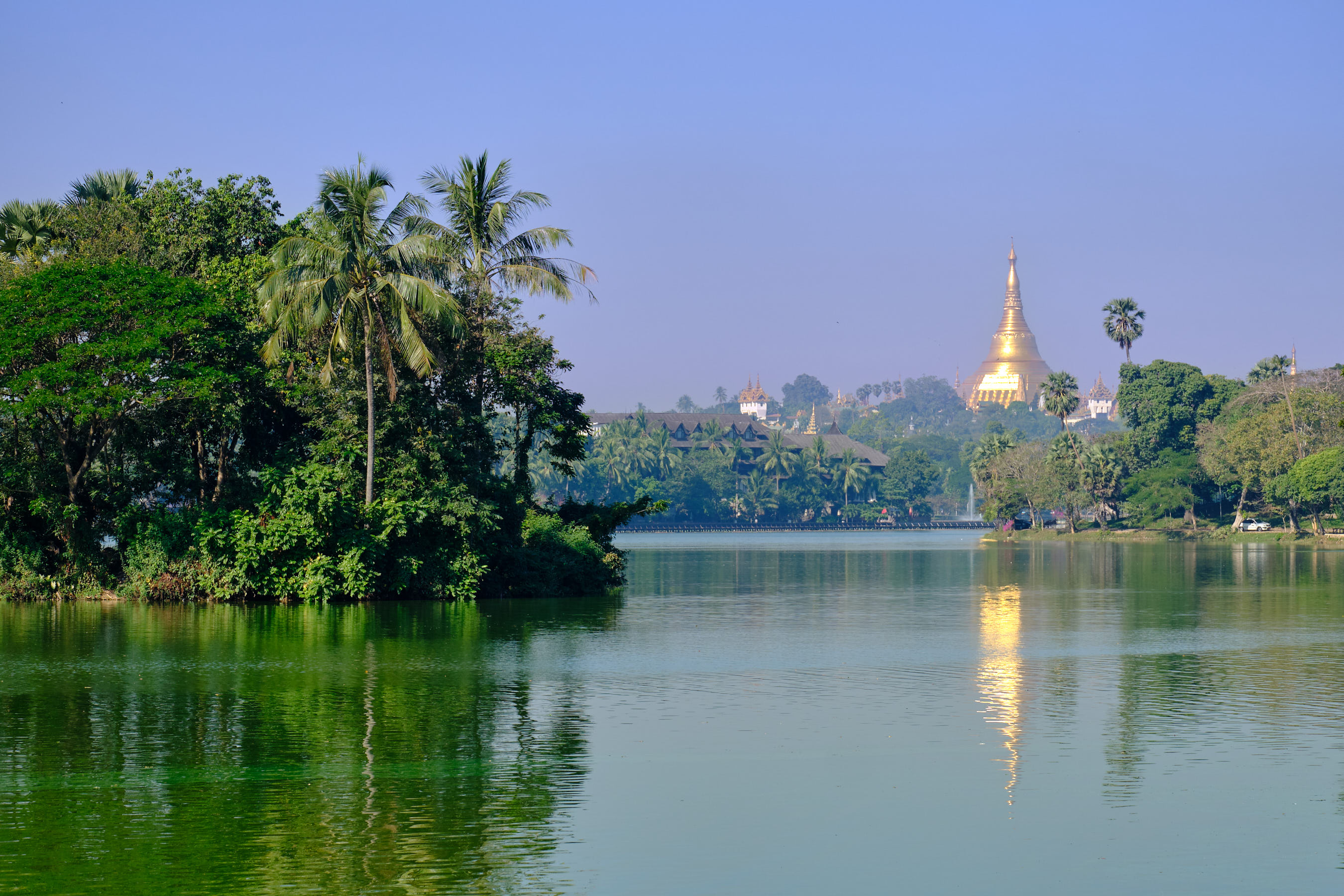
Myanmar (Burma)
Myanmar, which is also known as Burma, is the second largest country in Southeast Asia. Myanmar has 55 million people in an area bordered by India and Bangladesh to the west, Thailand and Laos to the east and China to the north and northeast. In the south, Myanmar has a 1,930km coastline along the Bay of Bengal and the Andaman Sea.
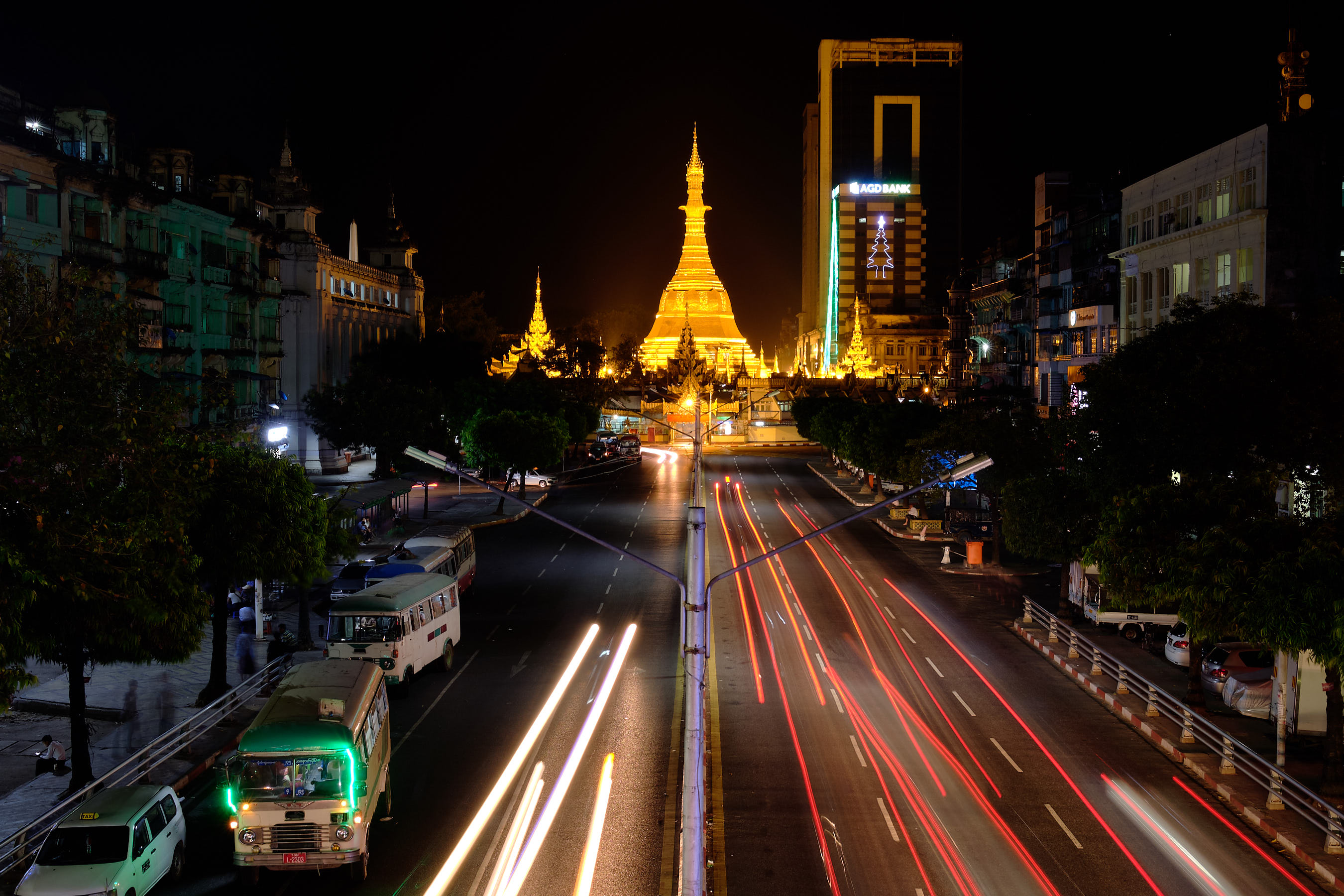
There are 129 ethnicities in Myanmar, with the majority (~70%) being Bamar or Burmese. Eighty-eight percent of the population practice Theravada Buddhism with Islam and Christianity also playing its part in some parts of the country, albeit both combined being less than 10%.
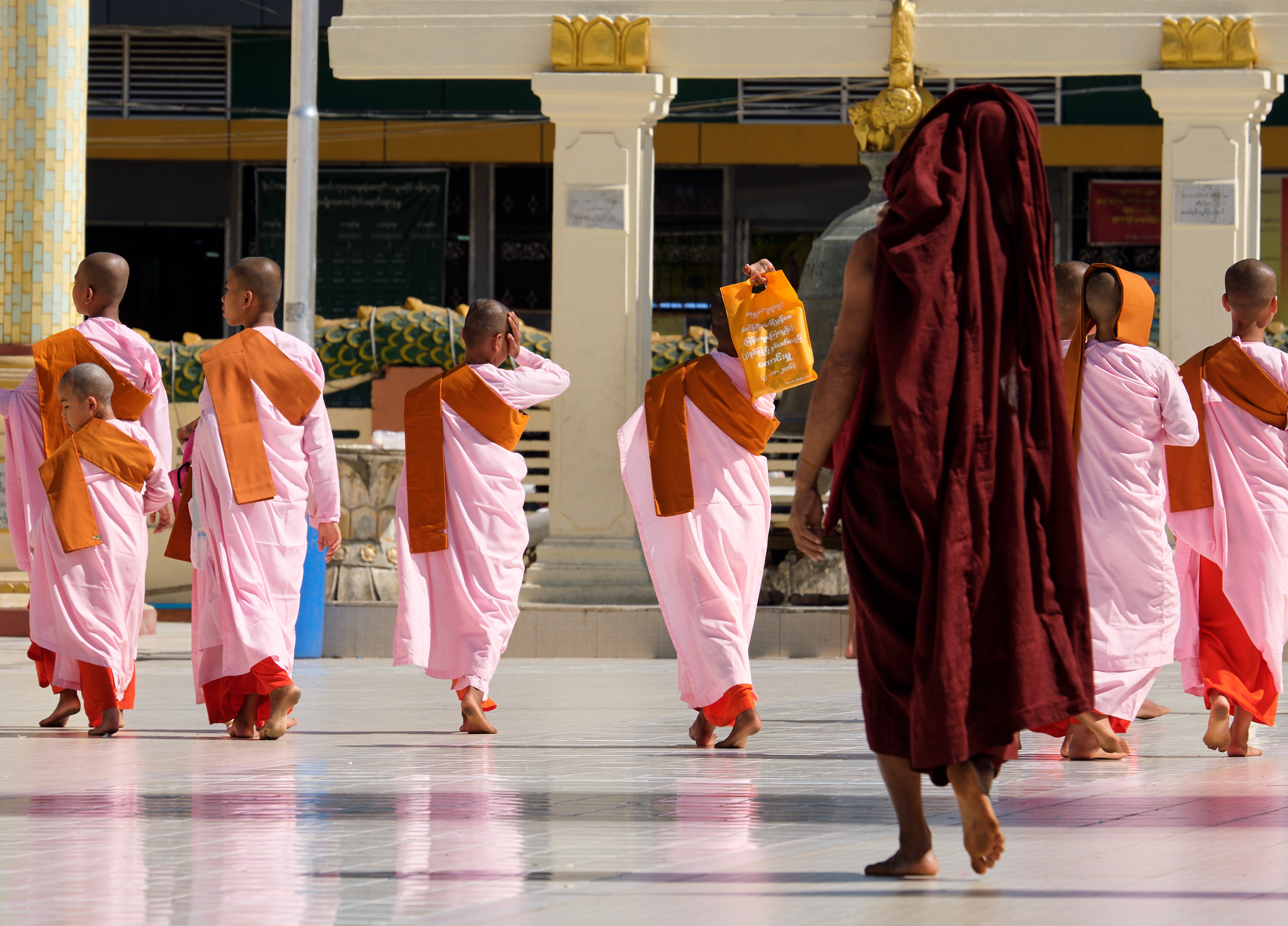
Myanmar has a fascinating history that you should consider spending some time learning if you decide to visit the country. The country has been through a lot, but has somehow managed to retain remarkable culture, ancient buildings, and traditional customs.

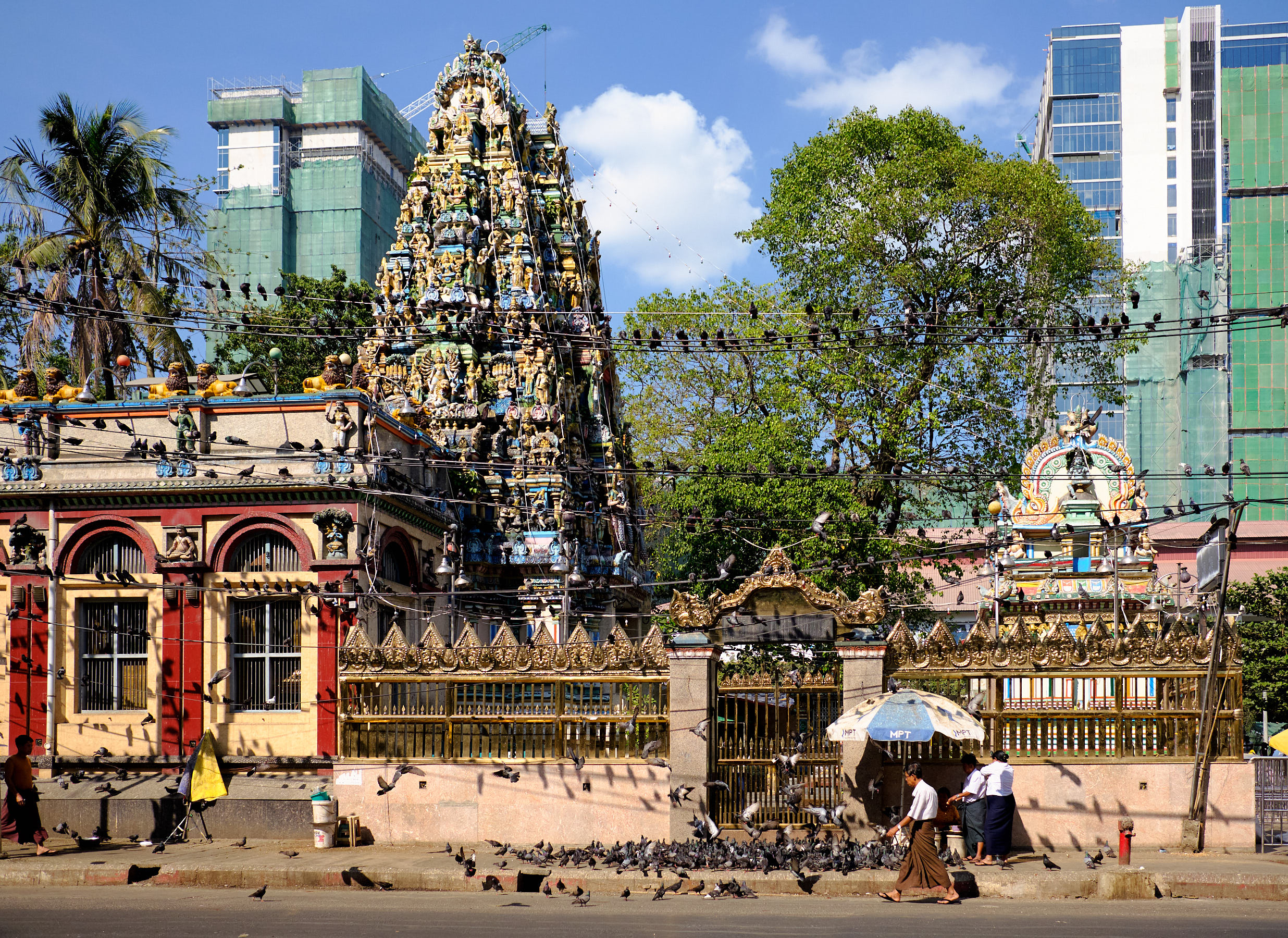
Imperial Burma was formed around 1060. Various Anglo-Burmese wars between 1824 and 1885, resulted in British Colonial rule from 1886 to 1948. In many cities, the British influence can still be seen and felt. Language is one of the biggest legacies of the British era, with English widely spoken across the country.
From 1948 to 1962, Myanmar was independent, but a military coup in early 1962 saw the military take control. The military junta controlled Myanmar from 1962 to 2011. From 2011 onwards, Myanmar has been progressing towards a liberal democracy.

The country has recently opened up to the world (2010 onwards) and the economy is on a tear with GDP at USD67BN and growing at 8%+. The Myanmar people are full of hope, energy, excitement and the passion to build a better future. They are genuine, generous, and kind, and it shows in everything they do.
Itinerary
Given this was our first trip to Myanmar, we wanted to visit the major cities and spend 2-3 days at least in each city. With Yangon being our entry and exit point, we would visit the city twice during the trip.
Yangon: 2 nights
Bagan: 4 nights
Mandalay: 2 nights
Inle Lake: 4 nights
Yangon: 3 nights
Yangon
We started our trip in the largest city of Yangon (also known as Rangoon in the British colonial times). The city is full of beautiful colonial buildings that were in pretty rough shape; thankfully, most buildings are still intact, and as the economy continues to improve, the government has plans to restore each building back to its formal glory. Some old buildings like The Strand Hotel have recently been tastefully restored and look incredible.
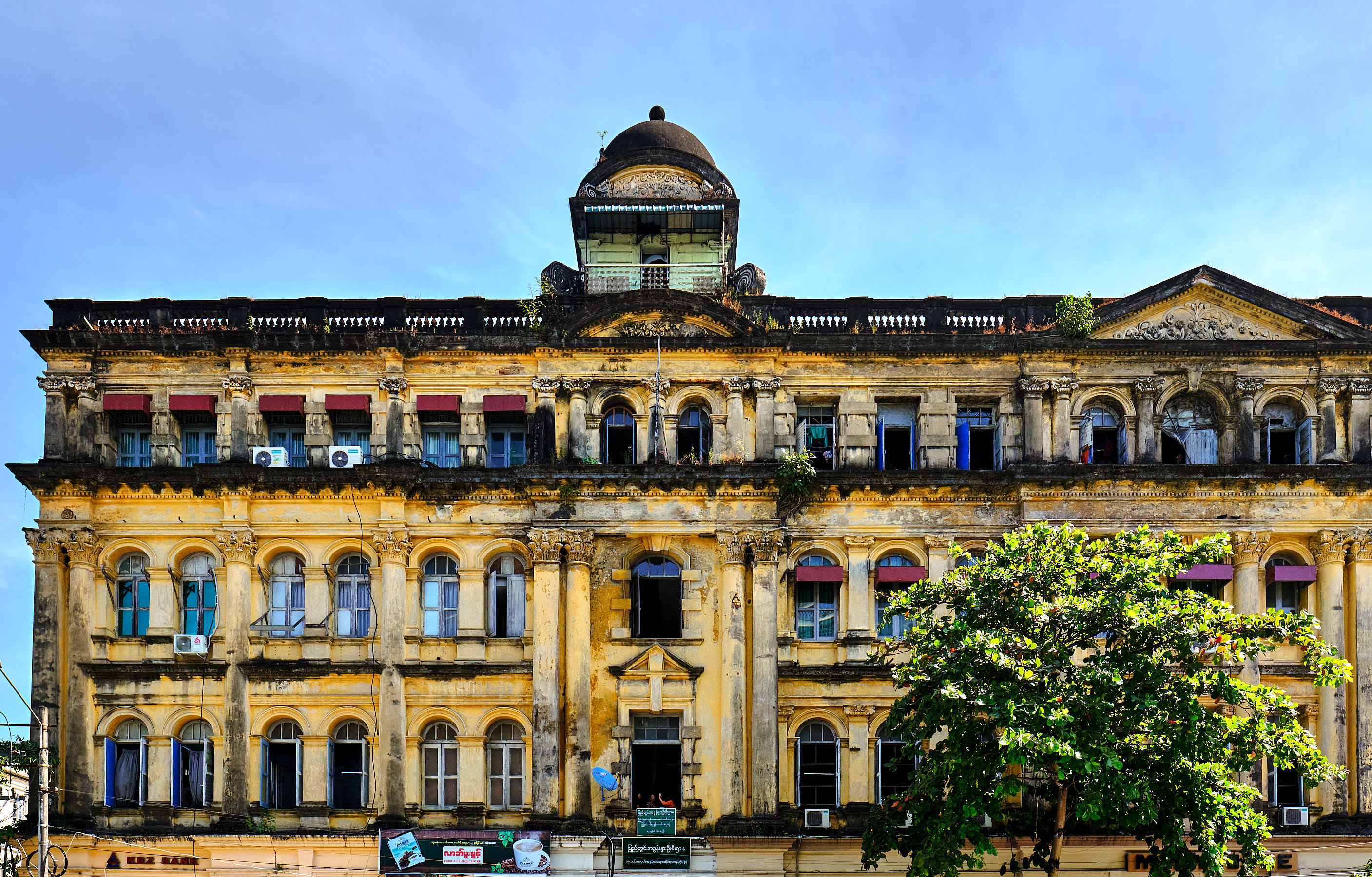
We had a wonderful stay at the Strand Hotel and would highly recommend that hotel for a special night, or if your finances allow, a longer stay. They also have a great bar downstairs where locals go to see and be seen.
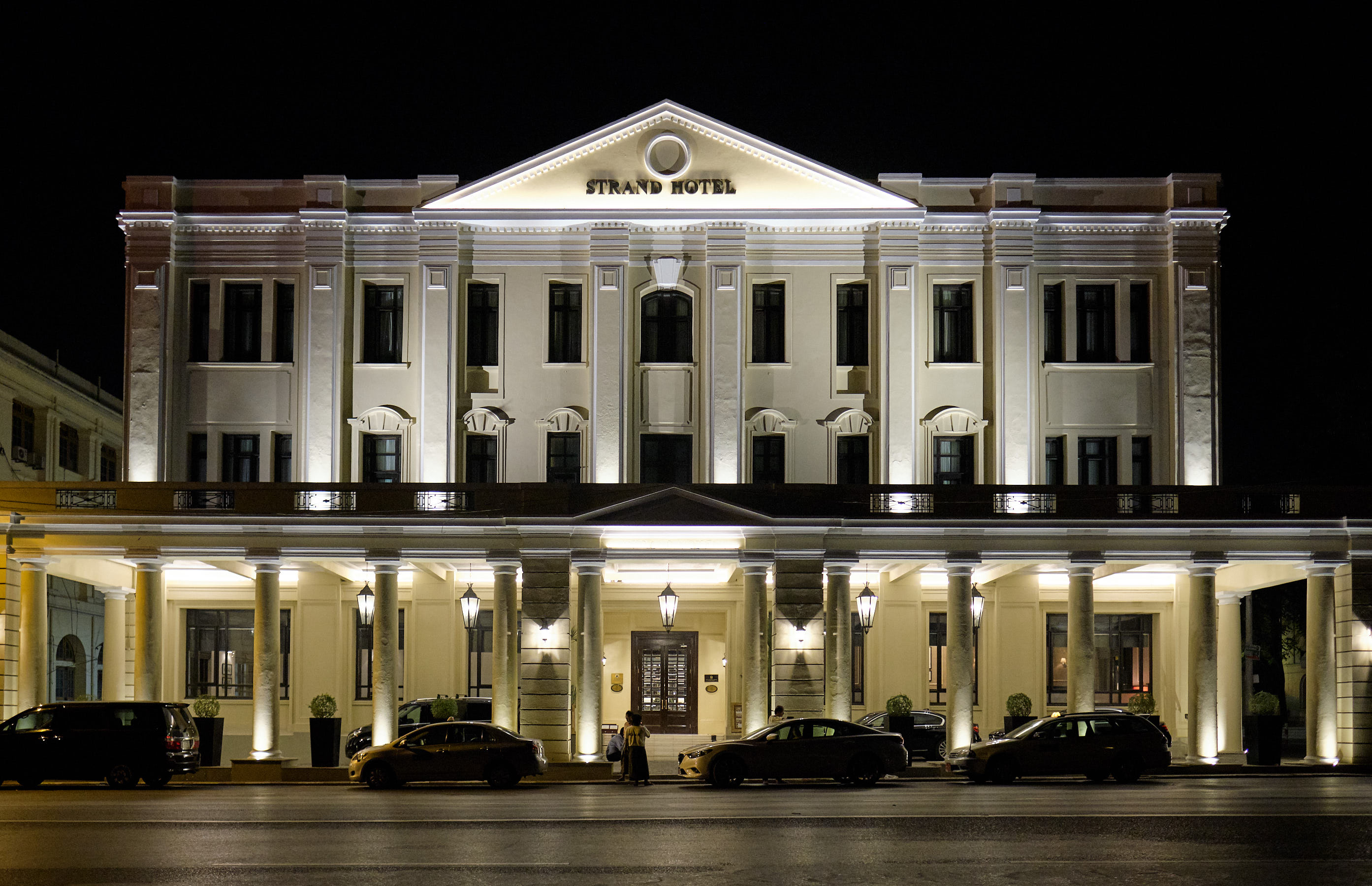
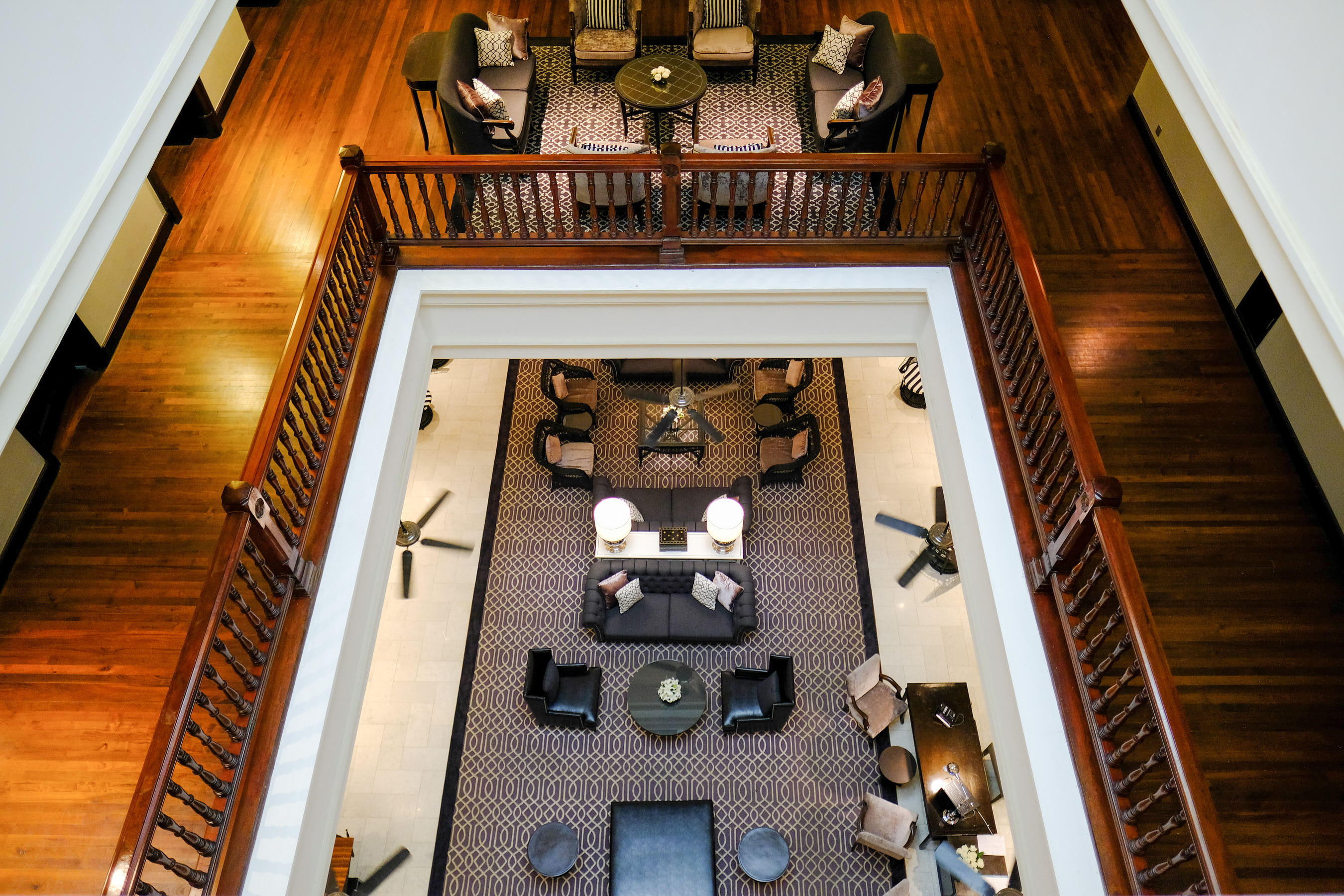
Stunning temples and pagodas
Yangon has a number of temples and pagodas including the Sule Pagoda and the Kandawgyi Lake museum temple that’s shaped like a dragon. They’re all lit up at night, which creates a magical atmosphere in a super busy big city.


The main attraction of Yangon is the incredible Shwedagon Pagoda temple complex. Pictures do not do this temple justice; it needs to be experienced in real life at least once in a person’s life. It’s incredible.
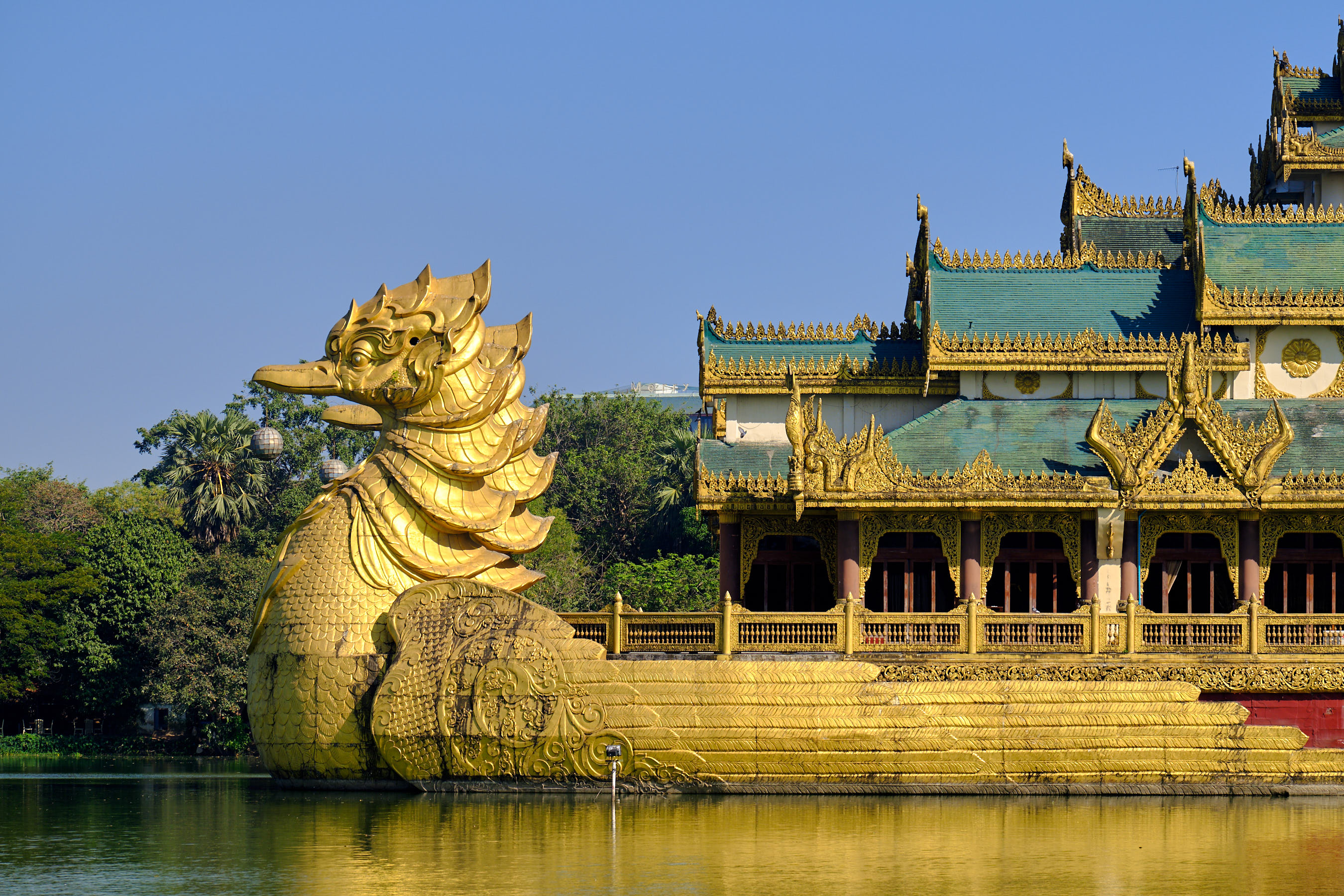

Best street markets in Southeast Asia
The streets of this city of ~10 million are teeming with people, things to buy, Monks, and an unending energy; there are street markets everywhere at all times of the day and night. With the recent surge in the economy, traffic is even worse than Bangkok or the city that I live in, Beijing.
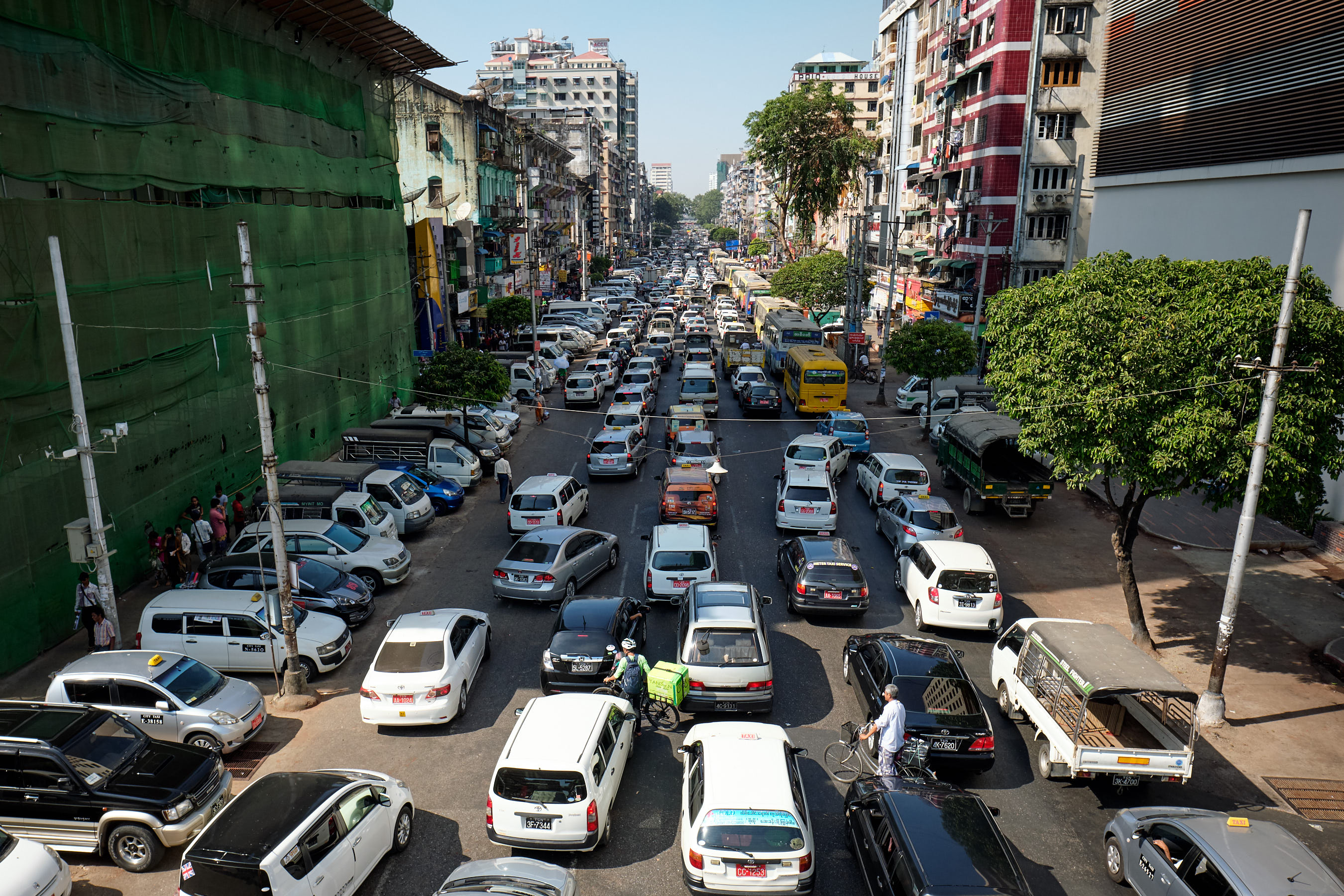

The best part about walking around this bustling city is the opportunity to try all the amazing street food. The prices are inexpensive and the quality high. The quality of the food was fantastic; we ate on the street every day and loved every minute of it.
In the evening, the Strand Street Night Market is full of fruit and food stands. There is an endless variety of different types of food available; I would argue that Yangon has the best street food in all of Southeast Asia, especially as it relates to the variety available; you have everything from local Burmese food, to Indian, to Chinese, and some western food too.

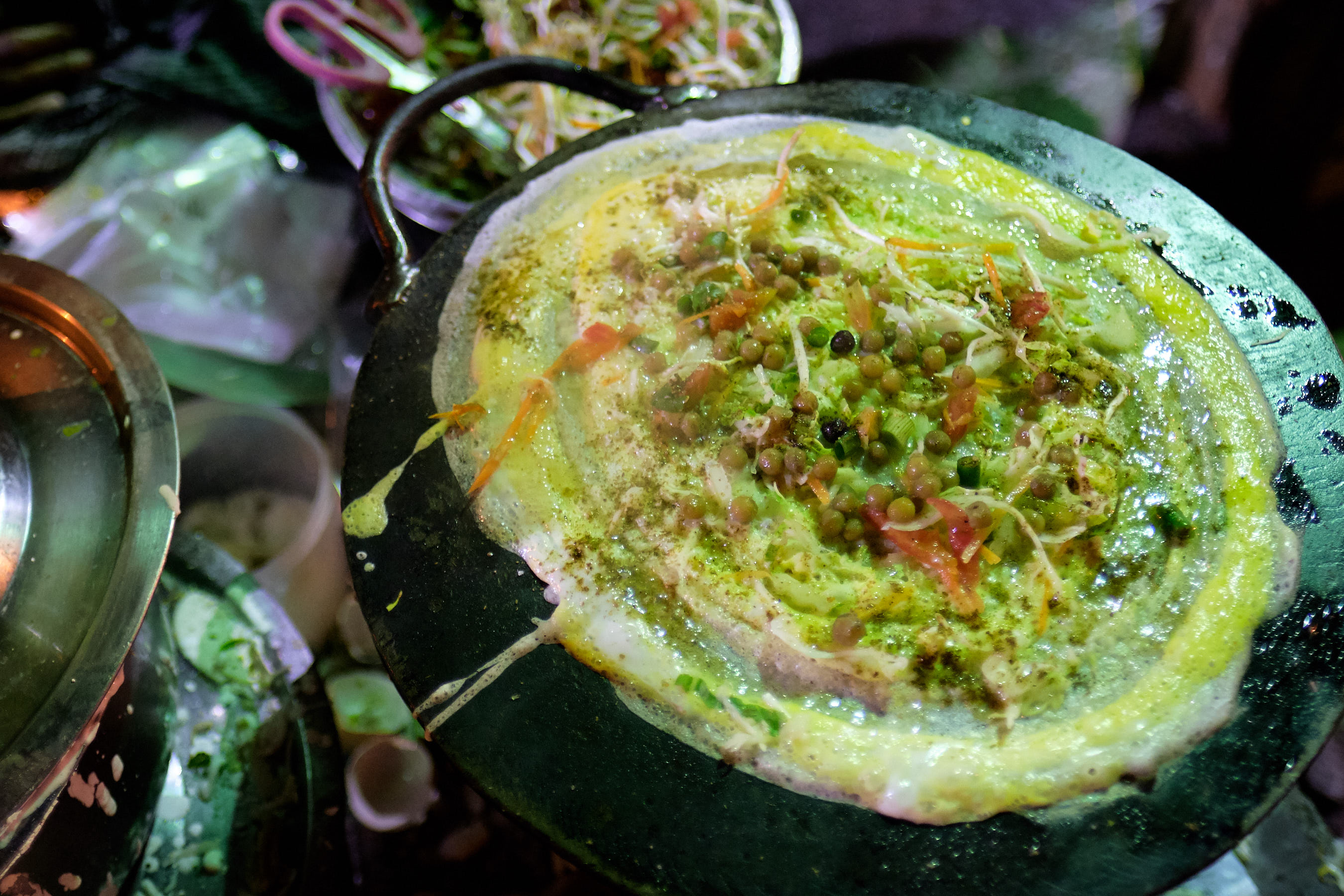
When it gets really late, the best place to find great street food is the 19th street market. This street is rocking at night with tons of people, food carts pacing up and down the street, and an overwhelming variety of food to eat, things to looks at, and ambience to soak in. Even when we weren’t hungry, we headed down to 19th to have a Myanmar Beer and watch all the activity go by.
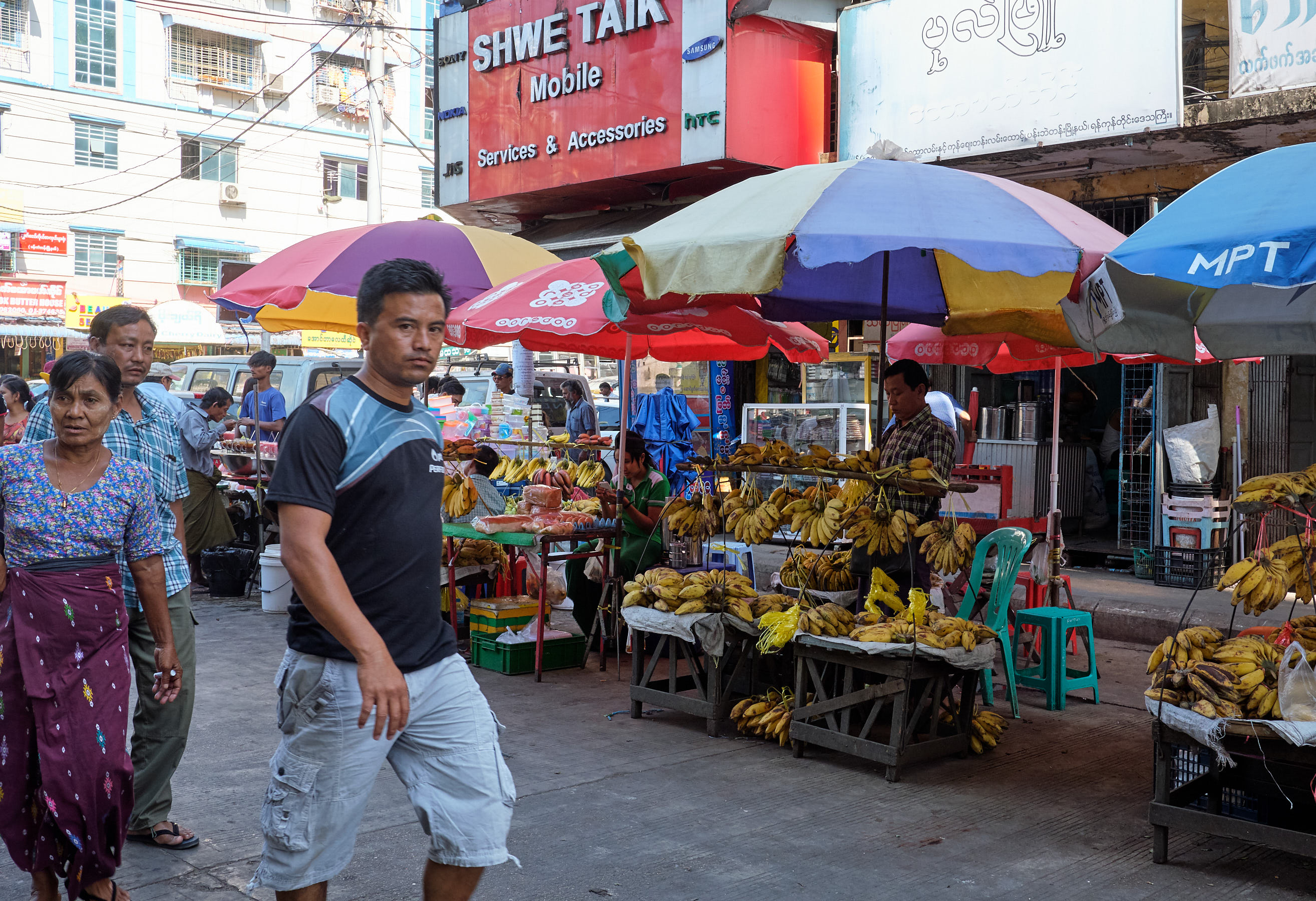

A chai lover’s paradise
If you’ve been reading this blog for some time, you’ll know that we’re addicted to chai, and thankfully, so are the Burmese. Small chai shops are around every corner, literally. Sometimes, you can find 3-4 within the same block. At the time we visited, a cup of chai was around USD$0.30 so you never have to feel guilty about downing a few cups a day.

One of our favourite restaurants in Yangon was the Rangoon Tea House. The owner studied in Britain and returned to his native Myanmar to open the restaurant. The food is exceptional, the service spot on, and the ambience marries the perfect blend of Yangon’s intensity, with the relaxing vibe you’d find in a British pub.
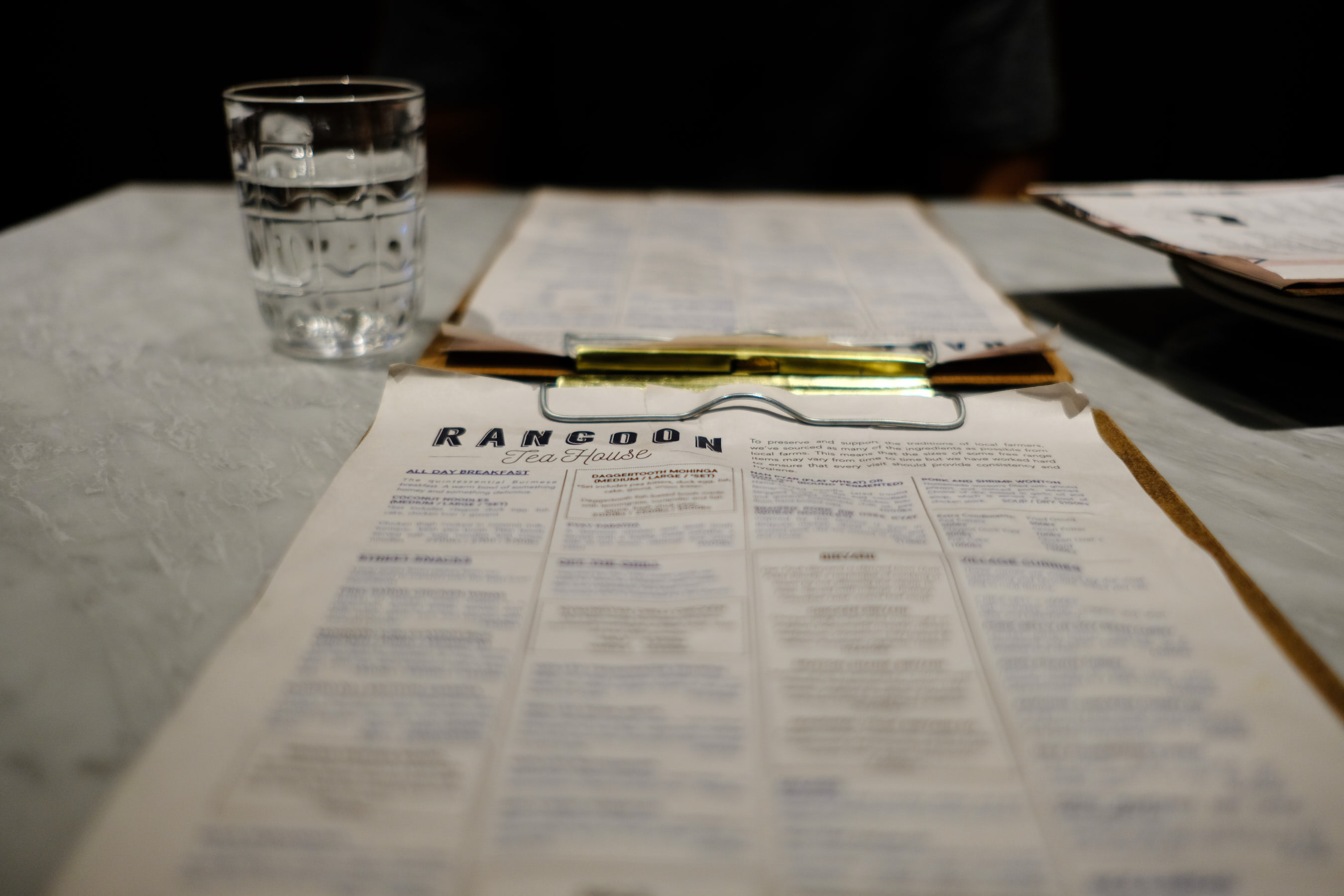
Another restaurant we really enjoyed was the Governor’s Residence. It’s a beautiful property that was the British Governor’s resident before independence. The food was a buffet style, but the quality was excellent, and the environment, very tasteful and elegant.
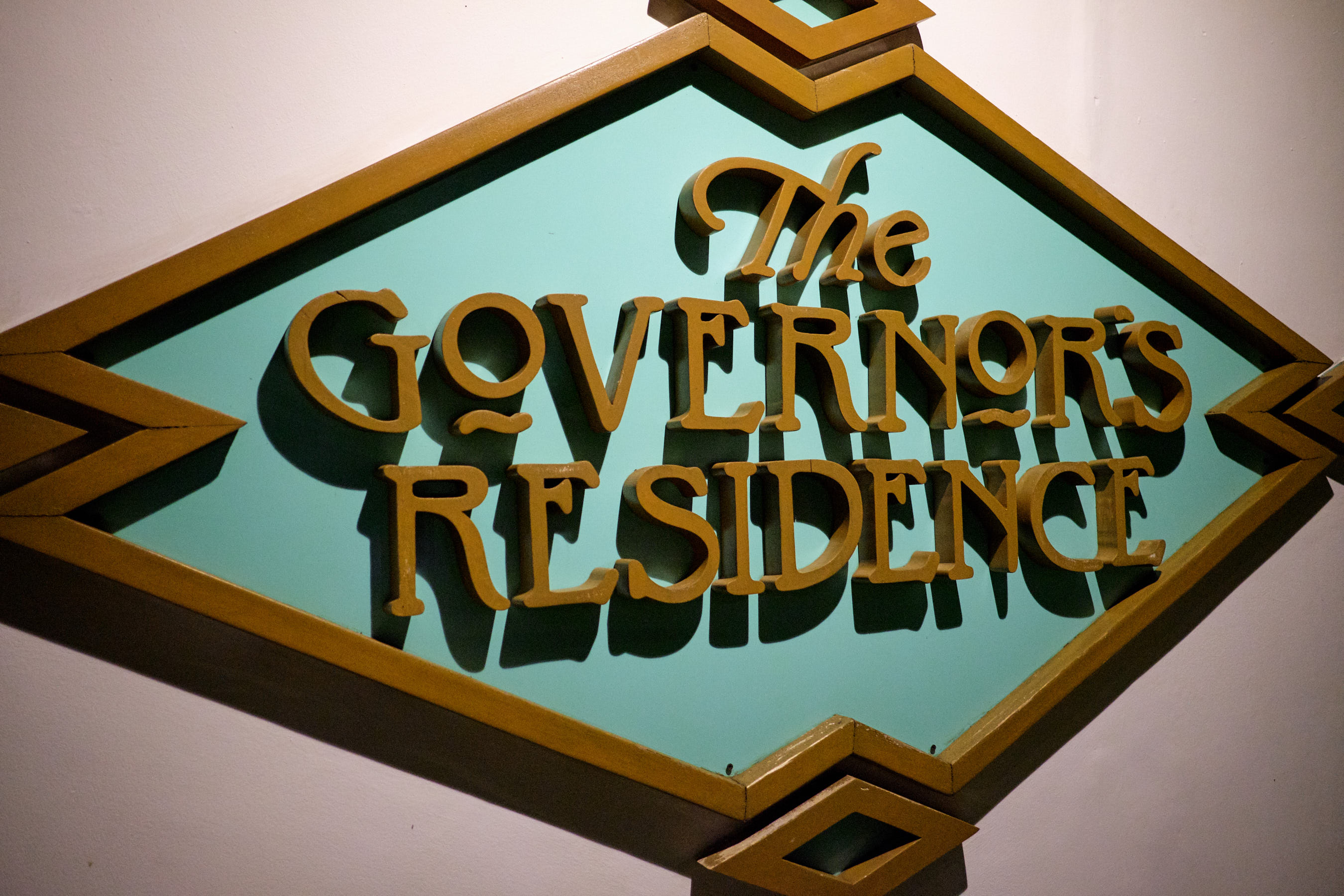
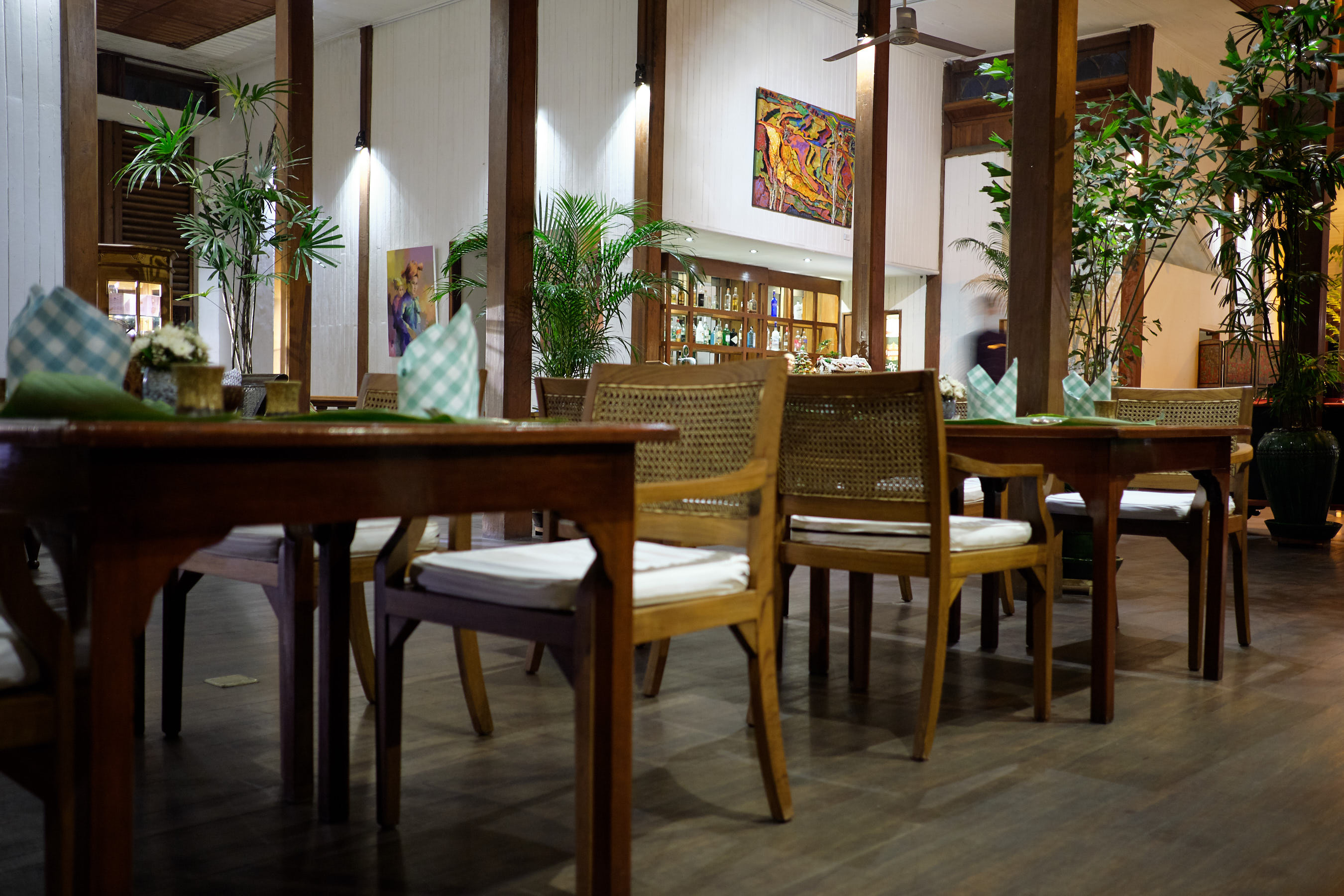
Yangon Circular Railway
We originally had not planned to take the train in Yangon, but we had a few hours open up in our itinerary so we made our way over to the Yangon Central Station. Buying tickets was easy because everyone speaks English and the signage was clear. Within 30 minutes, we were aboard the Red Bull liveried train.

We weren’t sure what to expect from the train ride besides getting the chance to see the country side, and also the daily routine of the local population. However, what we experienced was something far, far greater than anything we could have imagined. So many strangers struck up conversations with us and shared their stories of life in Myanmar, and about all the change they’ve seen in such a short period of time.
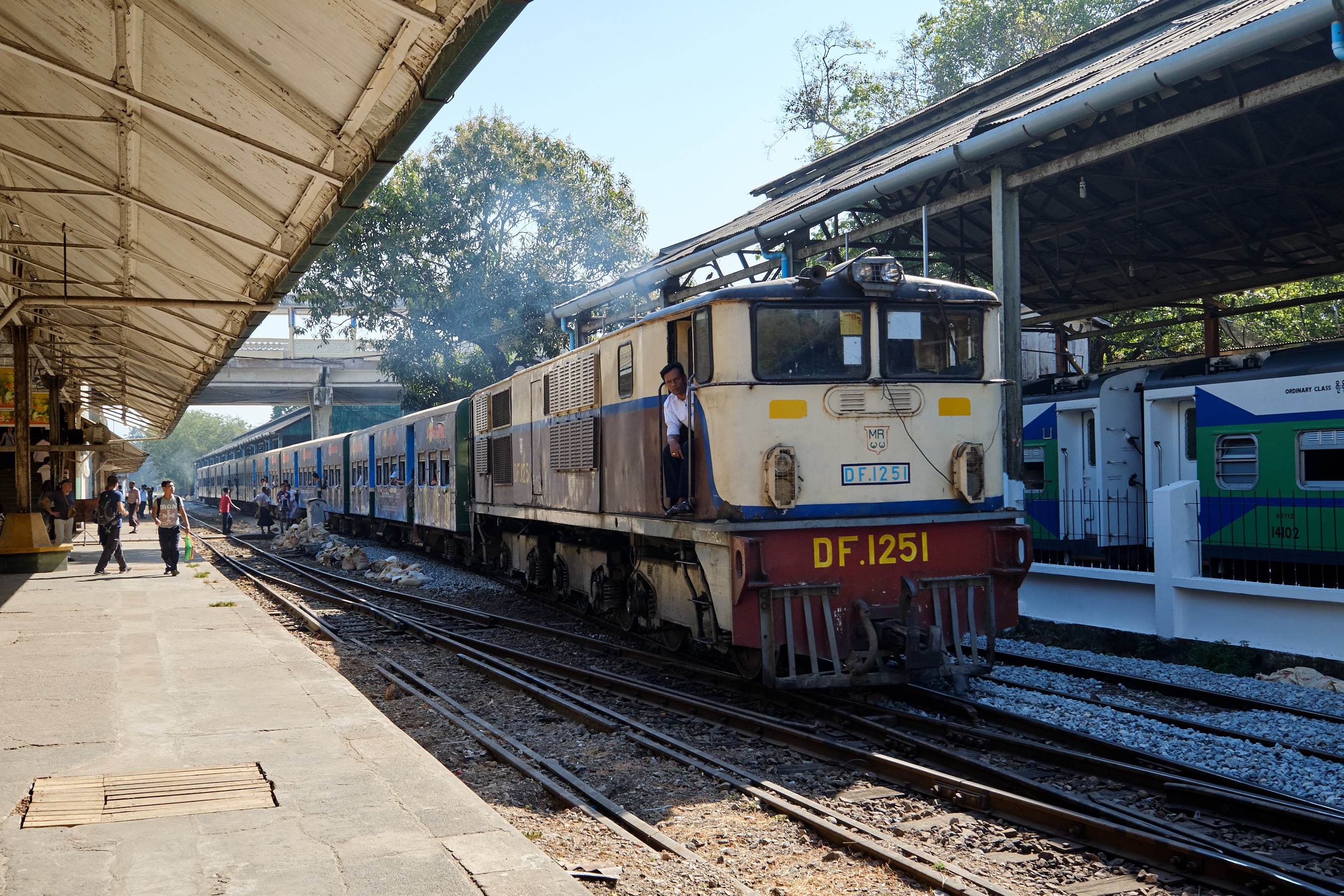
Our train broke down partway through the journey and we had to switch to another train, but that did not pose an issue, as it became the reason we met a couple that have now become close friends. It turned out that the only other foreign people on the train were from within one block of where we live in Asia! The odds of that must be minuscule!
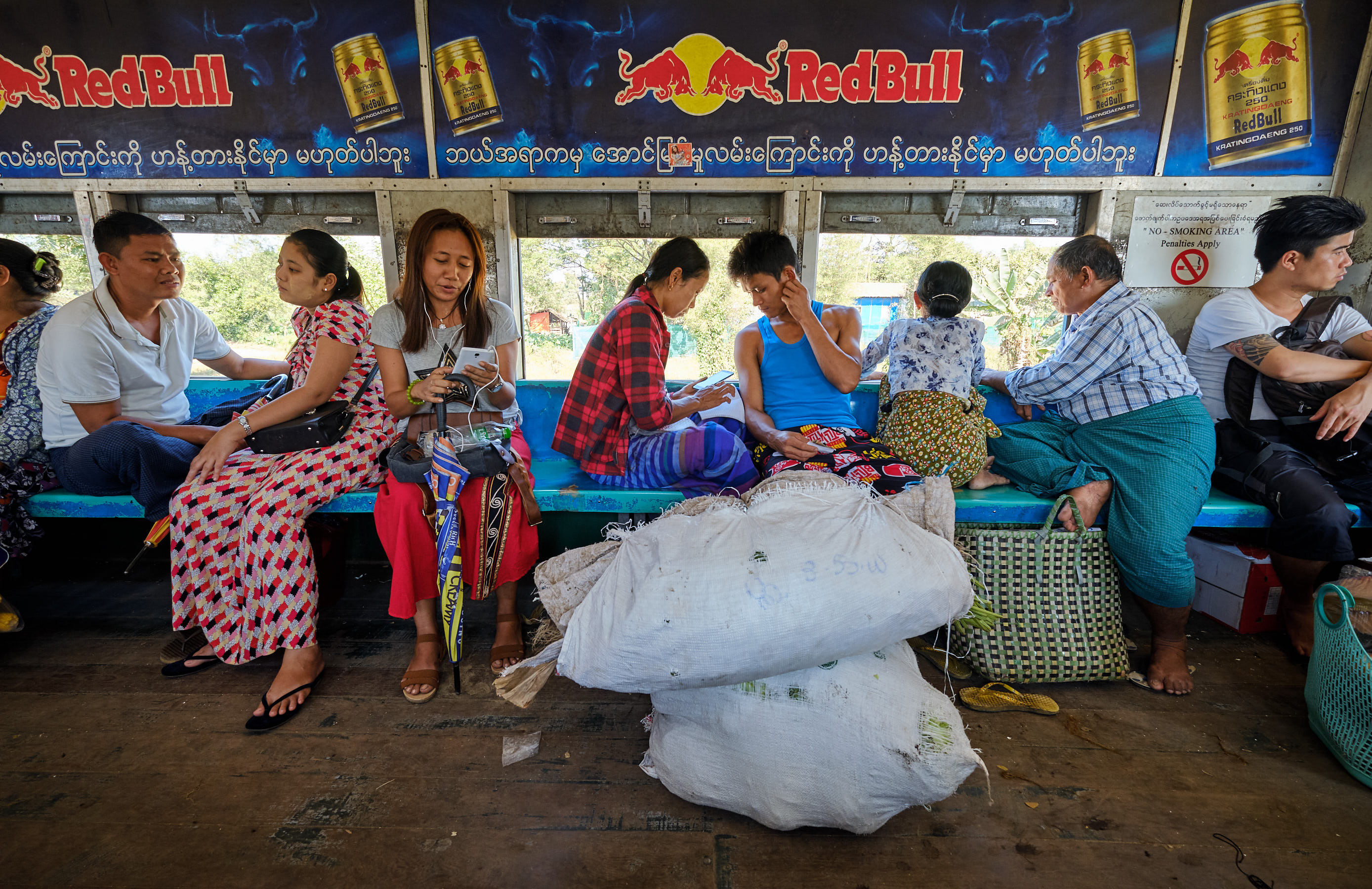
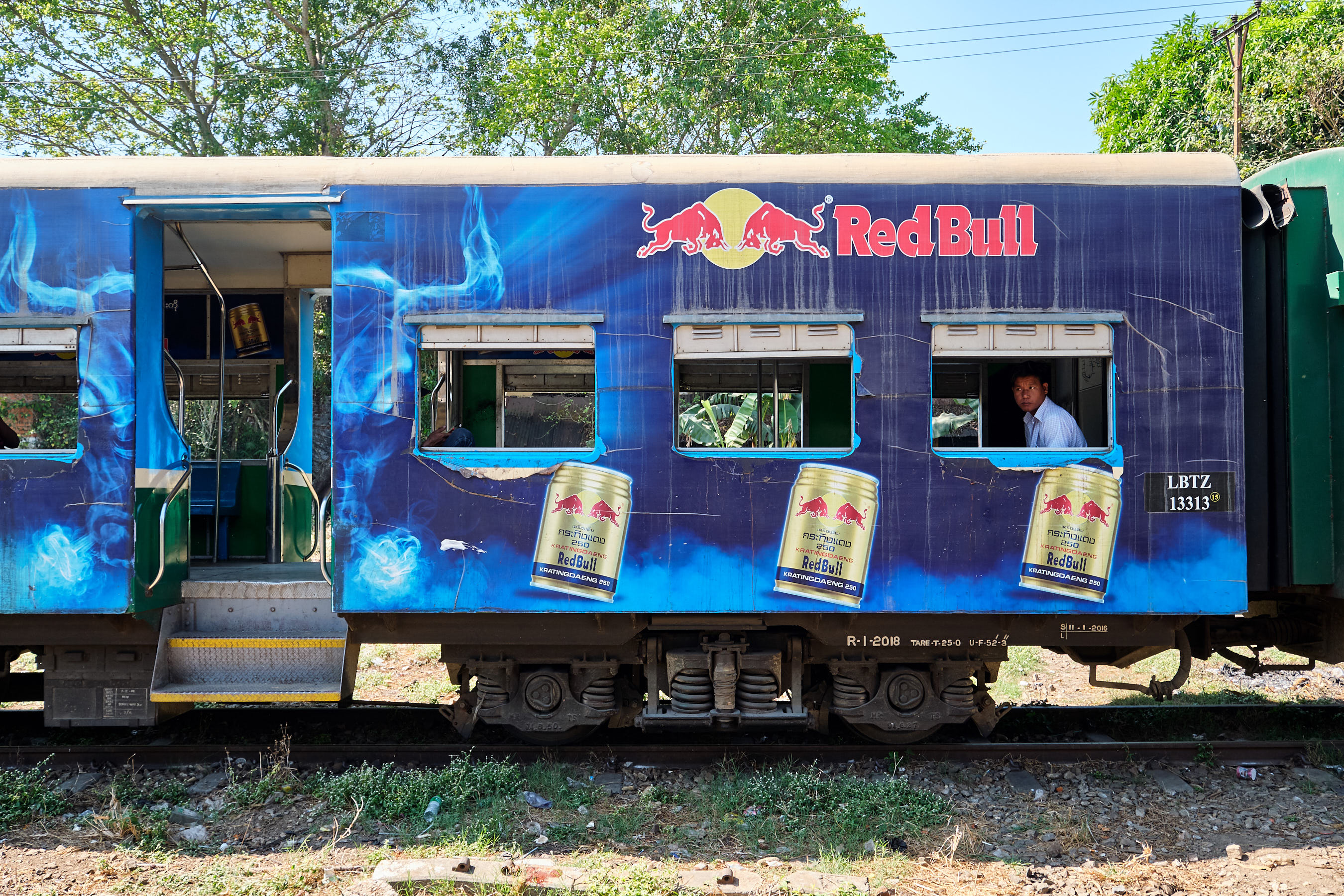
The overall circular journey took around five hours, including the time it took to get into the backup train. The scenery along the route is not picturesque, and is sometimes heartbreaking. Outside of the main cities, there is still a long ways to go for the population to break out of poverty, and I hope that this process accelerates for those folks.
The train turned out to be one of the highlights of the trip, and we would highly recommend that you set aside 5-6 hours to enjoy this unique experience. When we were there in 2016, there were already plans being made to renovate the Yangon Central Station and to upgrade the trains, so if you want to experience travel how the Burmese and the British did in the 1900’s, you should go as soon as you can.
Conclusion
We absolutely loved our time in Yangon. The Shwedagon Pagoda is a place that every human should visit in their life, it’s bucket list stuff. With our trip setup to leave from Yangon at the end, we were already looking forward to our second visit to the city.
While Yangon was amazing, what came next totally blew us away, and in some ways, changed our lives forever.
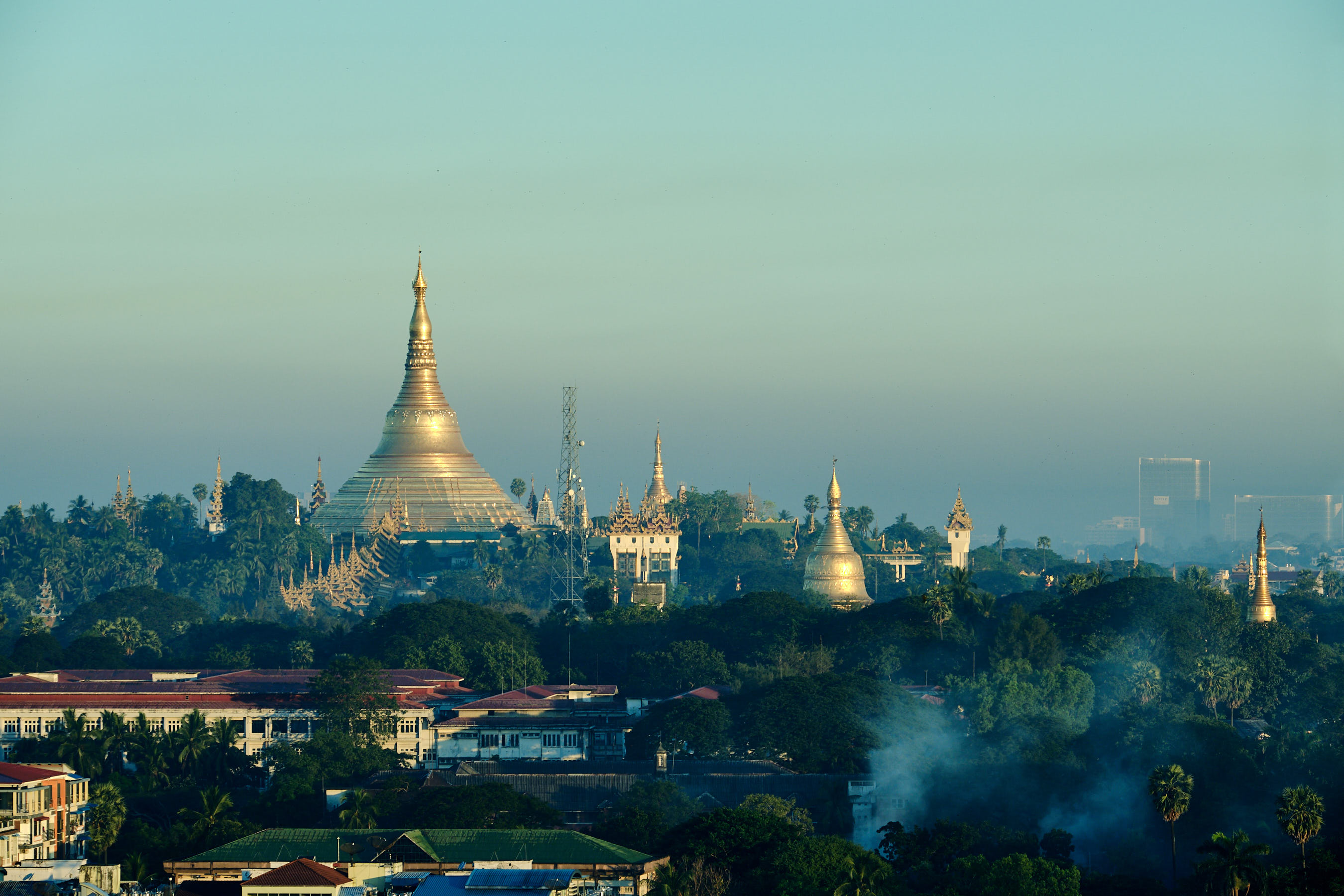
Discover more from fcracer - Travel & Photography
Subscribe to get the latest posts sent to your email.